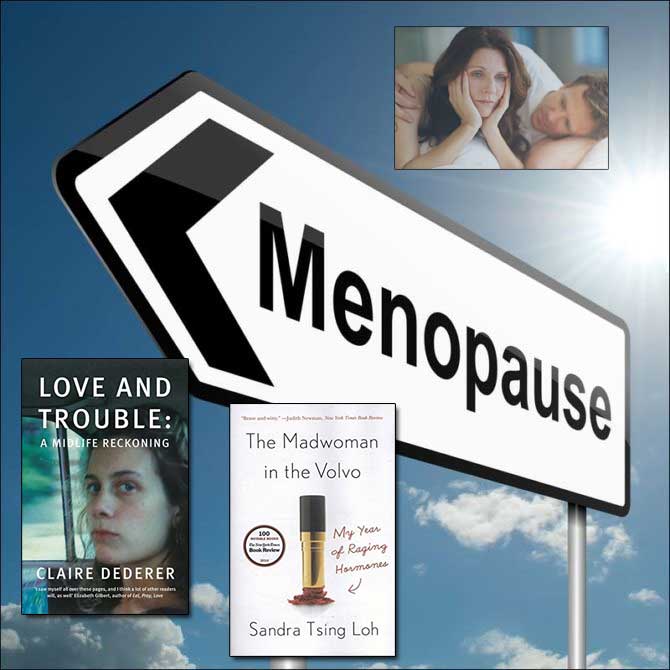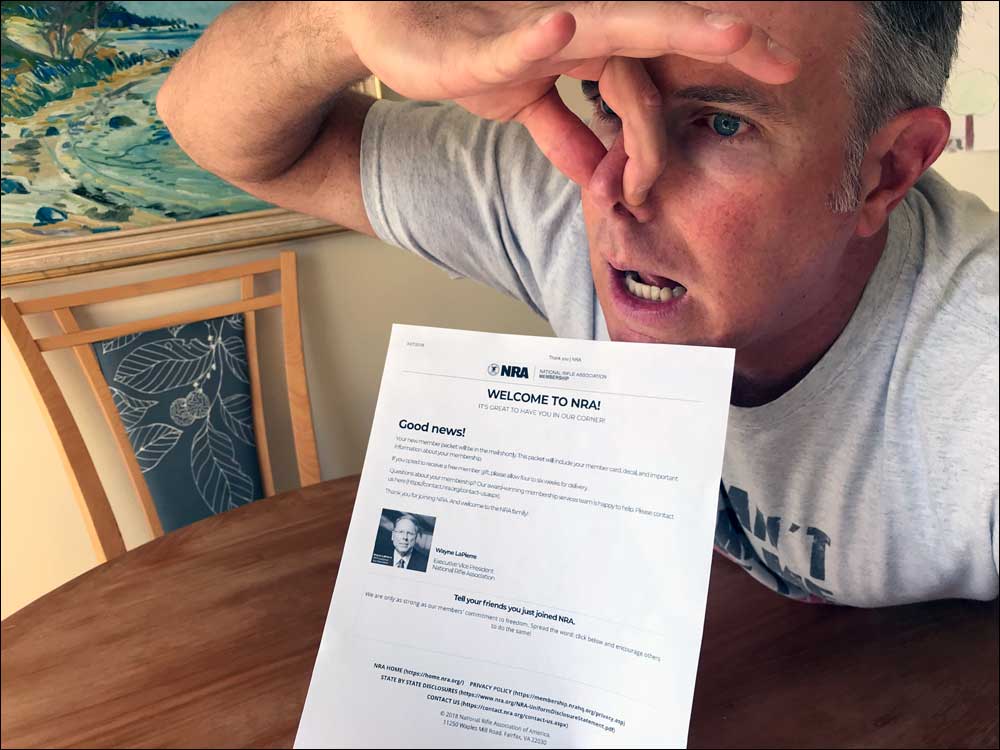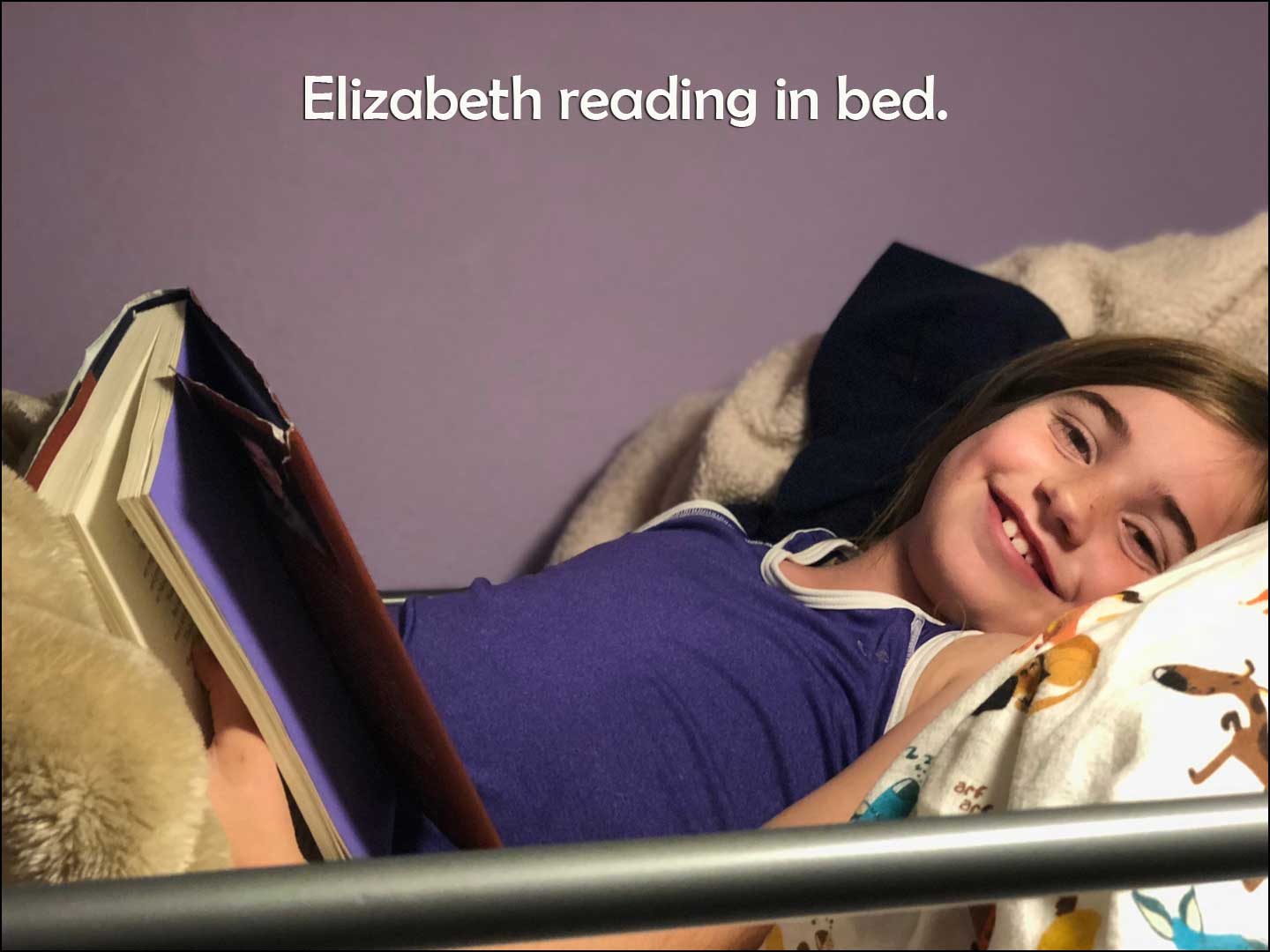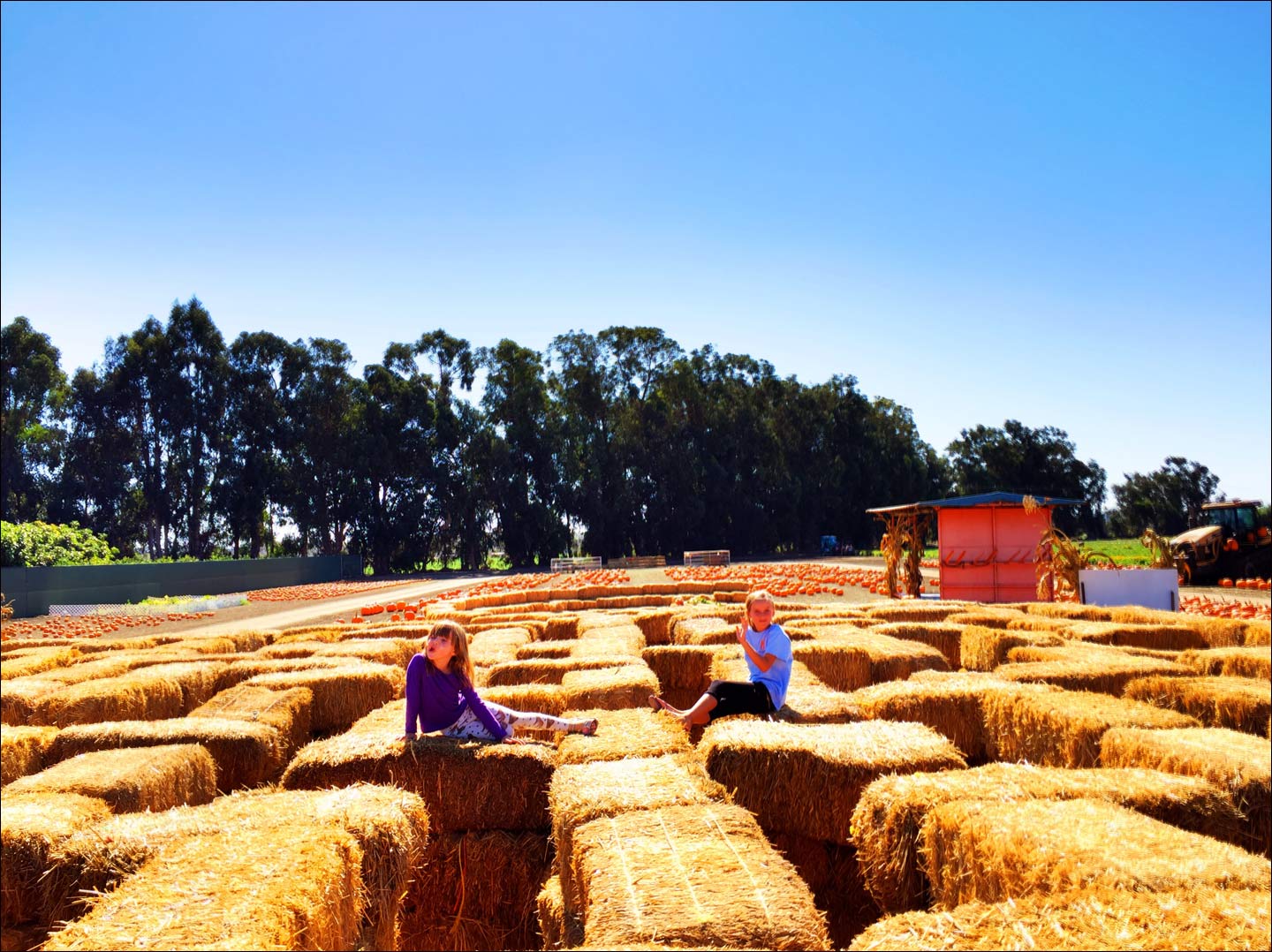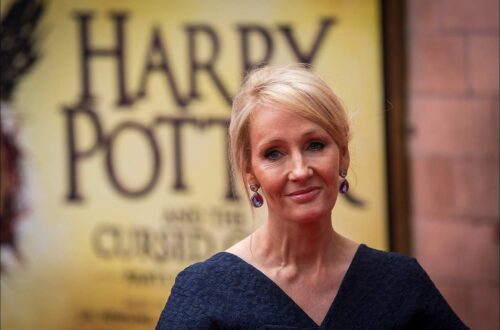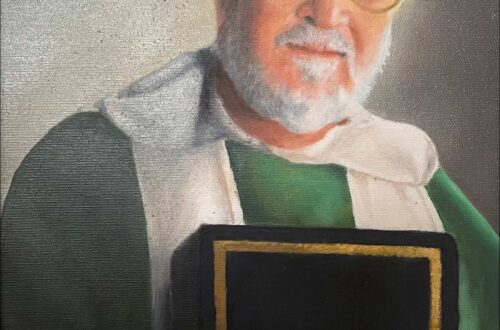Two weeks ago, in a burst of curiosity, I performed some fifteen hours of research on the current opioid epidemic that rages across the United States.
Some 63,000 Americans died from overdosing on opioids in 2017, and every pundit seems to add that this means “more Americans died in 2017 from drug overdoses than died in the entire Vietnam War.” The “opioid crisis” has been much in the news. The media sadly explains that drug overdoses are why the average life expectancy for Americans last year had dropped slightly to 78.6 years of age, a “statistically significant” drop of 0.1. This is the second straight year life expectancy for Americans has dropped. Drug overdoses is the reason.
Wow!
I can understand why a person might experiment with alcohol or some other “soft” drug like marijuana, but I could not for the life of me understand why a person would take heroin or some other “hard” drug (like crystal meth or LSD or whatever). And to inject a drug into your arm with a needle? It would seem heroin or fentanyl and hypodermic needles would equal a skull and crossbones in one’s mind. 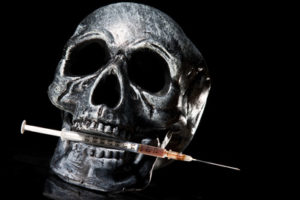 That stuff will kill you! Why would anyone mess with heroin? I did not understand. I had not had a friend or family member with a crystal meth or heroin habit.
That stuff will kill you! Why would anyone mess with heroin? I did not understand. I had not had a friend or family member with a crystal meth or heroin habit.
Time to do some research. What is going on? And where? Who?
Well, I read that the following classes of persons were especially at risk for opioid addiction:
- Persons with chronic pain who were given pain medication too liberally, became addicted to them, and then moved to illegal street drugs when doctors cut them off from legal opioids;
- Persons in impoverished rural communities where nothing much was going on, and so in boredom/despair they turn to opioids;
- Those who are socially isolated or mentally ill who want to numb the pain of their existences;
- Those who are genetically predisposed to addiction, generally, and/or whose parents are addicts;
- The “usual suspects” who enjoy drugs and getting high, and then move from softer to harder drugs eventually (“chasing the dragon”);
- And people who have no common sense whatsoever.
I suspect one addict might have all these descriptors at the same time.
Sigh.
The more I read about opioid addiction, the more depressed I became. This drug crisis was sad and complicated. It was not going away anytime soon.
There would be nothing much gained studying that.
So my mind turned to another topic: menopause.
There was also a reason: It has been explained to me recently that a woman close to my family (not my wife) was in the middle of menopause and had experienced “significant pain.” I was confused at this news. What kind of “pain” exactly? Physical pain? I did not understand; I was concerned.
So I researched menopause online and read and read and read. Next, I bought and read two books on the subject. Afterwards I feel I understood better the “pain” in question. I get it, I think. Again, it is complicated. It was also not going away; in fact, perimenopause and menopause are coming soon to the women around me. We are of that age, unfortunately.
The first book I read was Sandra Tsing Loh’s “The Madwoman in the Volvo: My Year of Raging Hormones.” I have been a Loh fan for decades due to her public radio broadcasts. Her book about undergoing menopause was funny and enlightening. I read every word; I paid close attention. I reflected about it at length. Again, with so many of the women in my life are approaching menopause or actually in it, so this was important for me to understand. I wrote at some length about getting older was a fifty year old man, and how might it different or the same for women? I wanted to try to understand.
Tsing Loh talks at length about the hormonal changes that took place in her body as her ovaries began to shut down and then estrogen levels plummeted. There was rage and frustration and despair on alternating days. Hot flashes and black despairs. Bouts of crying alternated with patches of yelling. Winston Churchill described his depression as his “black dog” that followed him around. Menopause brought Loh her own “black dog” and some days it would lay her low, and others not trouble her too much. Variability was all.
Menopause, it would seem, is hugely complicated. It affects women very differently to the point that it is hard to generalize at all. Some women find it devastating and painful; others skate by relatively unaffected. For some women it happens in the mid-40s and it is over in a year or two. For others the process (“perimenopause” and then menopause) happens later and can go indefinitely.
Men go through similar changes as testosterone diminishes, but it seems the change for men is more gradual and less impactful than menopause can be for women.
The second book I read was “Love and Trouble: A Midlife Reckoning” by Claire Dederer. There are also similar episodes in that book to Loh’s where middle-aged women get together for hormonally-charged crying sessions with girlfriends. There is the complexity of the woman’s interior emotional life on display as she approaches fifty years of age, and it ain’t always pretty. In fact, it is almost never pretty. There is weight gain and wrinkled skin. As Dederer explains, “There’s really no dignified way to go to seed as a woman.” Wow.
I remember my own mother during menopause leaving the dinner table, soaked suddenly in sweat from a hot flash. She never much talked in detail about it, but I could tell something significant was happening. I did not see her fly off into a rage, but maybe she saved that for my dad in private.
What should my reaction be to the women I love going through menopause? Infinite patience and understanding? Weather the hormonal storm that, sooner or later, will end? Understand that this is just one stage in her life, and you were there before it standing tall for her and will be there after it is over? Take the good with the bad? That would be my thinking going into it.
Yet it all gives one pause. Reading the tales of these women in semi-crisis and crisis because of menopause and aging, it makes one wonder why anyone hangs around them. But surely that is too harsh. Surely, it won’t be that bad with the women in my life?
I have no idea. I hope not.
But the men in my life who are still single at aged 50 have negative things to say about the women their age they date. “They are all crazy, Richard!” they exclaim to me. “All crazy!” I have only three friends who are single but they all sing this same tune about women ready to fly into a rage and/or start crying. I reason to myself that they are dating 50-year old women who are single, and very likely these women are single for a reason: they might be more “difficult” and have more problems than other women their age who are married. Maybe that is why they are single so late in life? After all, it is no surprise to me that my three friends are single: they can be difficult, have “issues,” and that explains much of why they are single at 50. These men are a bit “damaged goods.” Maybe the women they are dating are the same? (But to be fair, what person at 50 is not a bit “damaged goods”?) But it is telling that my three friends have exactly the same stories about dating in mid-life. “They are all crazy!”
My aunt once told me that the stereotype she saw in “mature” dating was that “all the women say the men are assholes, and all the men say the women are crazy.” I wonder if there is not more than an ounce of truth in these stereotypes. My three friends have much less patience than when they were younger for the storms of a woman’s interior life — I can see them being “assholes” and walking away at a moment’s notice. (“I’m out of here! Why do I need this?”) And then there is the storm of perimenopause and then menopause. I can see dating such a woman as being a rough ride.
It is just one more moment that I thank God I am married. That I am thankful I never had to sign up for an Internet dating website or similar app on my mobile phone. Marriage might be rough, but it would appear being single and dating in mid-life is rougher. My friends explain that dating in the evenings after work is like having a second job you go and do after the first one is over. They claim it is exhausting. And expensive.
Yikes!
I had previously read and enjoyed Dederer’s first book, “Poser: My Life in Twenty-Three Yoga Poses.” It mostly dealt with work and family with young children. I am exactly the same age as Dederer, so there were many commonalities. I could relate.
But I related less to Dederer’s “Love and Trouble.” Dederer encounters the usual waves of sadness and anger as she approaches menopause, and it causes her to reflect back on her younger self. Dederer as a teenager was hyper-sexual and had many partners, male and female, from early adolescence until marriage. In reading about Dederer as a high school student, I could see it more clearly: into the “Mod” or alternative social scene, coffee houses and art films, sexual experimentation. I knew from afar girls like Dederer who, in her own words, was a “disastrous pirate slut of a girl.” In contrast, I was an introverted man-boy at that age who spent most of his time studying for academic classes or or sweating in one athletic competition or another. I fell passionately in love at that time, but I never declared myself to her; I was over-cautious and overly busy, a poor combination for high school romance. Dederer had sexual encounter after sexual encounter with boy after boy in high school. In contrast, I doubt I would have known what to do if I came home and found a naked woman in my bed. I was a virgin at my high school graduation. It wasn’t even close.
But what I was struck by was how much sex Claire had before she married that brought her something less than happiness and fulfillment. Her subtle critique of the counter-culture of the 1970s — made in her “Yoga” book as well — rings true: there is such a thing as not enough parental guidance, resulting in young people running amok. There is a cost. There is damage done. In particular, despite all her lovers and love affairs in adolescence not much (if any!) of it seemed to have brought her much joy or lasting connection with her lovers. In contrast to Claire, I seem to have had so much less ACTUAL SEX as a teenager but so much more ROMANTIC LOVE. In retrospect, I would not change places with “sad Claire” as a teenager.
Then at the end of her book Claire ruminates about her own teenage daughter and speculates on how she will be as an adult woman. Unlike some fathers, I do not hope that my daughters hold onto their virginity until later in life and marriage. I do not look upon female virginity as some precious gift to be hoarded; in fact, I think this idea absurd. My daughters will grow up, fall in love, and the form of that love will take a physical expression — at least I hope so! But I ardently hope that my daughters with their lovers will find real human connection, sexual communion, gentleness and affection, intimacy and love, and sacrifice for the other. First things first. Especially as they just get started.
I was also struck by how pretty reckless Claire has been as a full grown married woman with sex and flirting. I am the same age as Claire, but I would be MUCH MORE careful about extramarital liaisons that could damage by marriage and family (my two daughters). Claire seems to see that she has “screwed up” and could not control herself and felt what she felt, and I enjoyed her frank honesty in her book. That is what gave the book its force: Claire admitting that she is where she is, and she is not sure exactly why. That is “human.” But at the end of the day I felt a little sorry for her husband, Bruce, and wondered if Claire did not seem more than a little bit like a grown up teenager even at 50.
Maybe it is this simple: as a style-conscious art house “bohemian” and pusher of boundaries in high school, Claire was a certain sort of teenager. And now as a writer in the “creative Seattle” scene, she is a similar sort of person. I was a quiet but intense high school kid who ran cross country. I was cautious and more conservative. Claire, by her own admission, was a child of the “counter culture” of the 1970s. I was not. Sports, history, martial arts, and friends were my passions in high school; literature, boys, experimentation, and her diary were for Dederer. I would never have hung out with “the Mods” in high school like Claire, and Claire would probably not have even known I existed. But now she does yoga, and I am writing about her book — so maybe we have come closer in our interests and personality. Dederer went to Oberlin College where dropping acid and same sex experimentation was almost part of the curriculum. I would never have considered attending Oberlin. I went to UCLA and joined a fraternity. She is a writer. I am a teacher.
But each of us is fifty now. We are both middle class. We both have families. We are both still married. We have two children each of almost the same age. But Dederer and I will never meet, any more than the “too cool for school” girl with the combat boots and black choker necklace would have hung out with the “slightly-dorky” cross country boy wearing an Izod Lacoste polo shirt with his hand up in the advanced history class. Different families, different temperaments, different life paths.
Maybe life in high school is the same as it always will be. Nothing really changes?
And maybe as we arrive at fifty we are essentially the same as we always were. Just more so, and more deeply?
